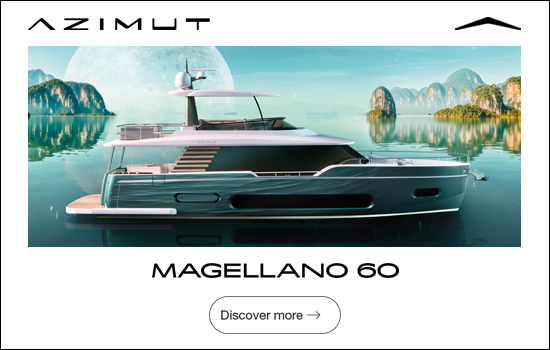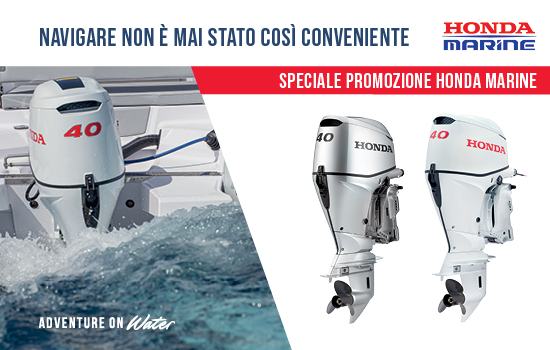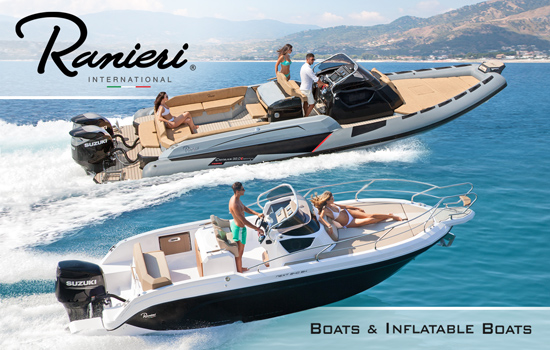What we know about the new Yamaha hydrogen-powered outboard
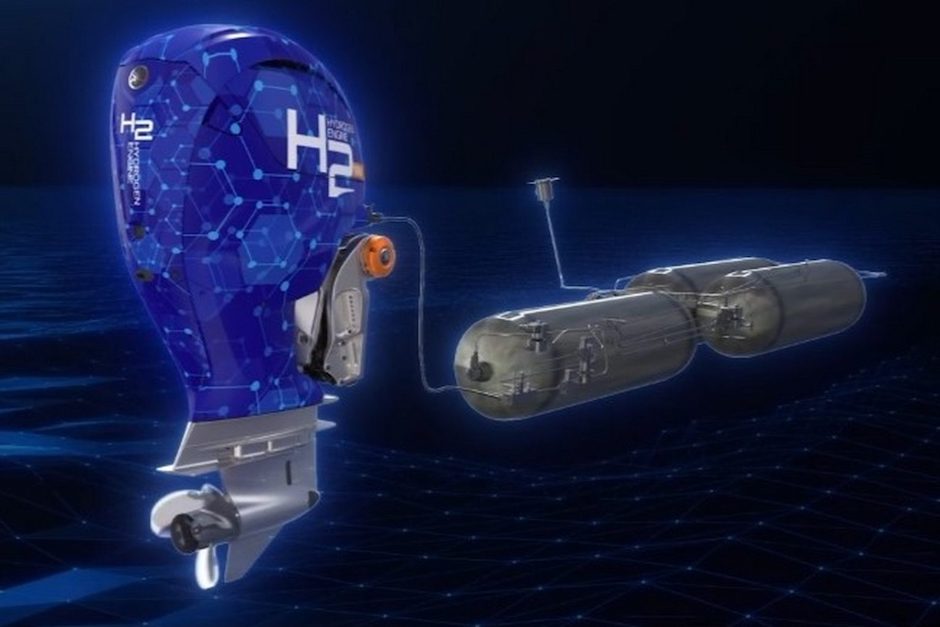
Yamaha, in collaboration with Roush and Regulator, has unveiled the first hydrogen-powered outboard engine. While it is still a prototype, how close is it to mass production? Let’s shed some light on this groundbreaking technology.
Is battery-electric the only solution for more sustainable mobility, both on land and at sea? As you might have guessed, the answer is no.
Theoretically, this is supported by a study from the International Council of Marine Industry Associations (ICOMIA), which states that a multi-layered approach is the best way to continue decarbonizing recreational boating. Practically, this is evident not only in the maritime sector but also in other industries.
Among the most promising alternatives for achieving zero emissions is hydrogen, which can be utilized in two different ways—both of which we will explain in this article.
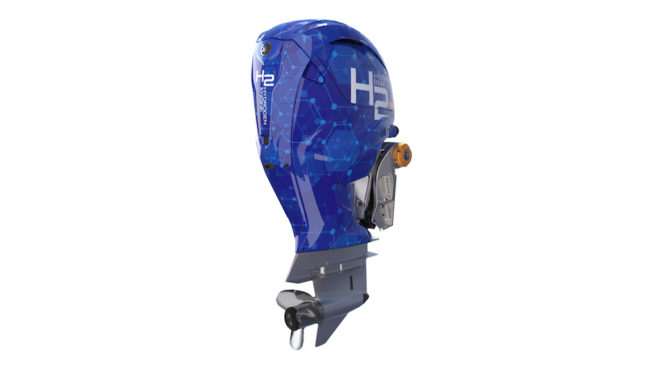

After launching Harmo, their next-generation electric motor, Yamaha has now introduced the first hydrogen outboard motor. Science fiction or reality? Let’s find out.
Hydrogen-powered Outboard: a futuristic project supported by three major companies
Currently, Yamaha's new hydrogen outboard is still a prototype in the development phase, aimed at determining whether it could be a viable solution for the boating industry. However, the first water tests are already scheduled for the summer of 2024.
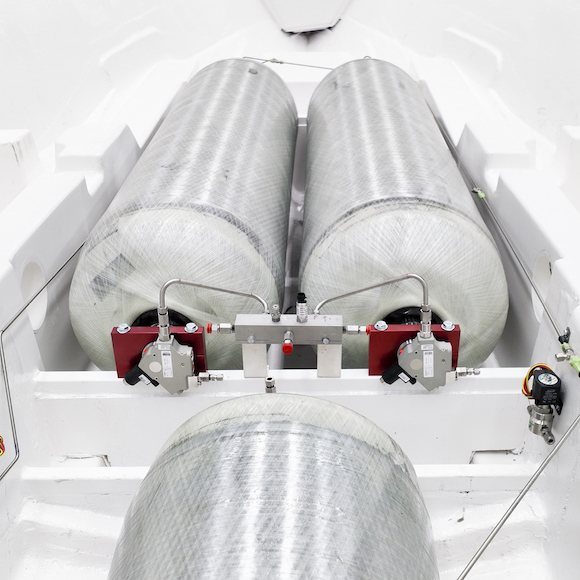
The engine block is being developed in collaboration with Roush (a leading company for nearly 50 years in providing innovative design, testing, prototyping, and manufacturing services across advanced mobility, aerospace, defense, and theme park sectors) and Regulator, a US-based shipyard specializing in offshore sport fishing boats.
About the Yamaha hydrogen-powered outboard engine
Currently, there is no technical information available regarding the power range of the hydrogen outboard. However, a short video released by Yamaha (shown below) clearly features a large V8 engine block. It seems to be from the XTO family, suggesting high performance with power starting from around 400 hp.
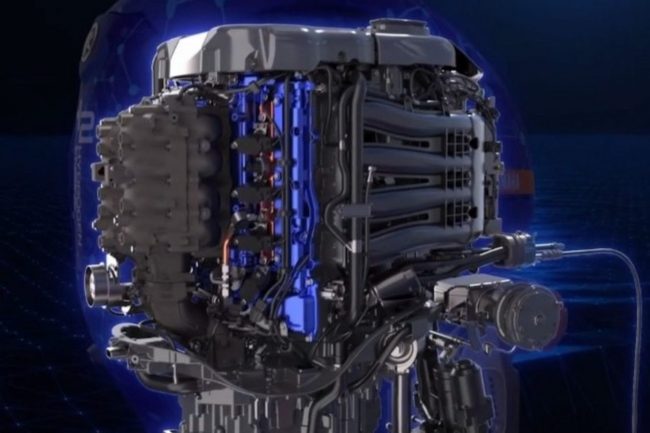
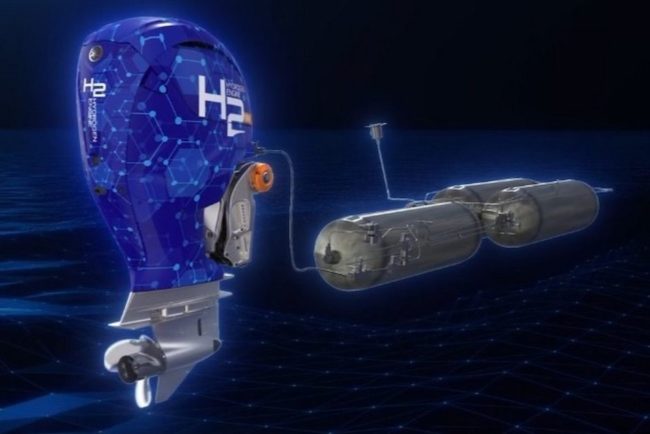
First details also mention the fueling system, leading to the assumption that it involves direct hydrogen injection into the engine. To simplify, this concept is similar to how gasoline is injected into the combustion chamber.
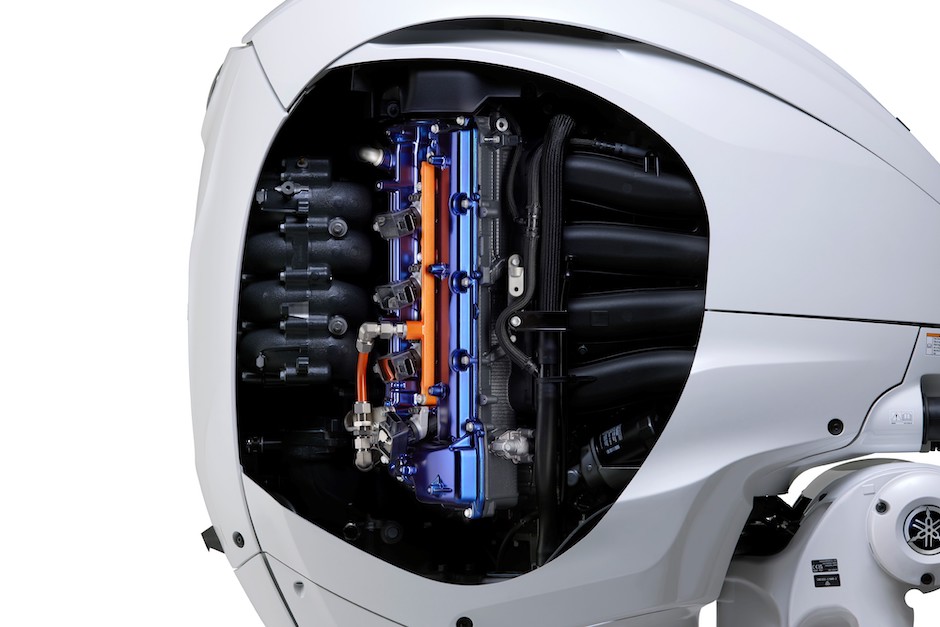
One of the significant advantages of this technical choice is that by utilizing the structure of a traditional engine, only a few mechanical modifications are necessary to gain the benefits of clean hydrogen emissions (since hydrogen combustion produces no CO2, but only a small amount of NOx).
The dual pathway of hydrogen: fuel cells and direct injection
Let’s take a brief step back: hydrogen can be utilized in two ways. The first, more commonly known in the automotive world (with models like the Toyota Mirai relying on this technology), is hydrogen fuel cells.
This process involves hydrogen stored in tanks reacting with oxygen via reverse electrolysis, directly onboard, producing electricity, heat, and water. The electricity generated is then stored in small batteries and used to power an electric motor that provides propulsion. In this case, the vehicle can be considered electric.
The second method uses hydrogen as a fuel injected directly into the engine, which, as with current combustion engines, consists of pistons, connecting rods, valves, and other components.
In the motorcycle industry, this system is already being discussed: Yamaha, in collaboration with other Japanese giants (Kawasaki, Suzuki, and Honda), is developing a hydrogen direct injection engine.
The first prototype, called the Ninja H2 HySE, has already taken shape. Yamaha has also developed a 5.0-liter V8 hydrogen engine, with which a Toyota race car completed a 24-hour race at the Fuji circuit.
Hydrogen or battery? The future is approaching
Returning to Yamaha's maritime project, Regulator Marine has already built a hull based on the Regulator 26XO. The main modifications were made to accommodate the hydrogen tanks required to power the new outboard engine.
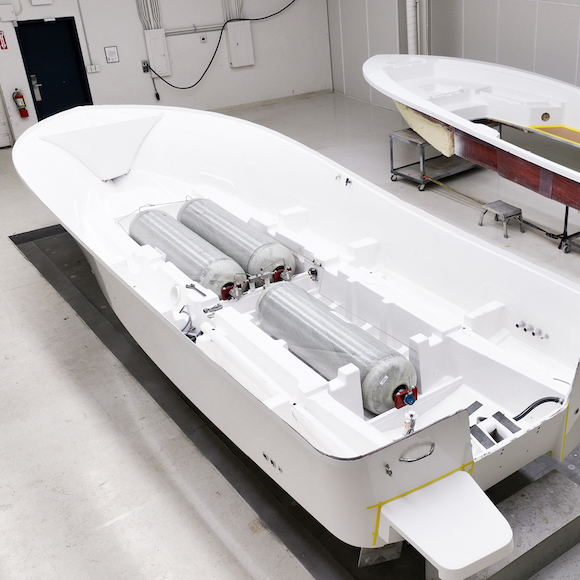
Images show that on this 8.2-meter model, technicians were able to fit three tanks near the keel to achieve the best weight balance.
While the exact amount of hydrogen these tanks can hold is still unknown, considering that the Toyota Mirai stores 142 liters (equivalent to 5.6 kg of hydrogen), which provides a range of 650 km, it’s likely that hydrogen-powered boats could also achieve several hours of navigation, comparable to traditional fuel.
We await further updates on this nautical innovation, which is set to make its debut on the water next summer.
In summer, in fact, further details and developments regarding Yamaha's new hydrogen outboard motor may be announced.
Click here to discover all the products on Yamaha Marine's official website.


